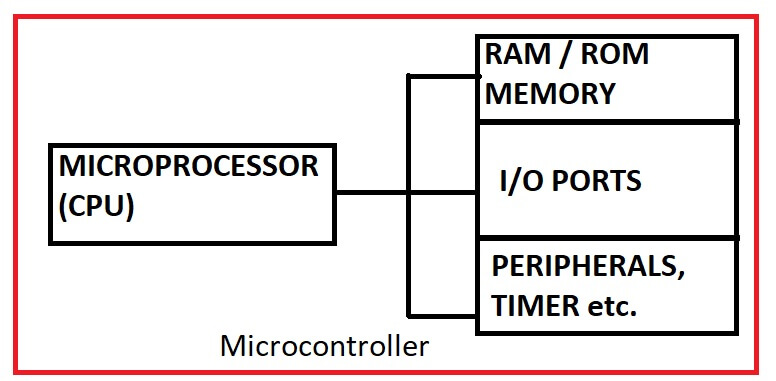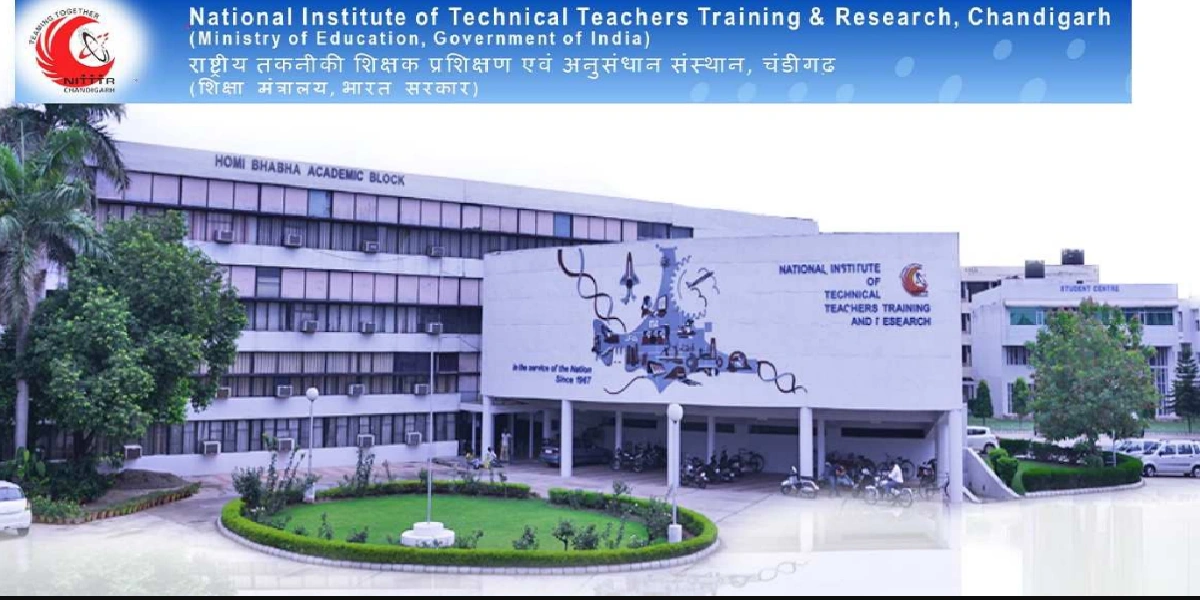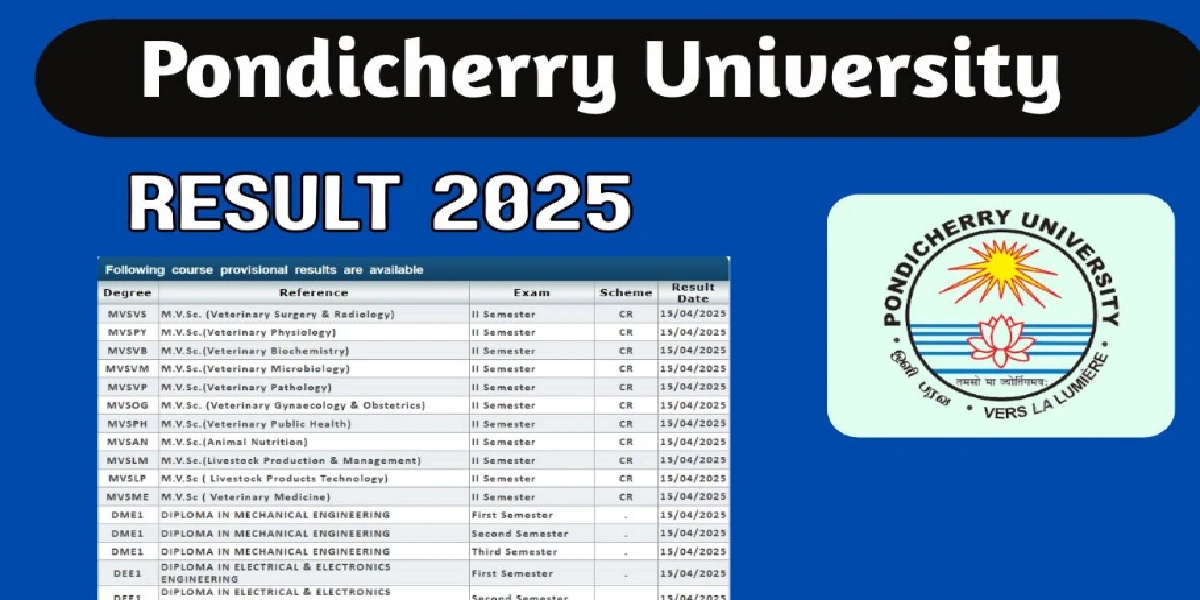Microcontrollers as the name suggests, are small controllers. They are like single chip computers that often embedded into other systems to function as processing / controlling unit, microcontrollers are single chip microcomputers. A microcontroller has a CPU (a microprocessor) in addition to a fixed amount of RAM, ROM and I/O parts and a timer on a single chip. The fixed amount of on-chip RAM, ROM, timer and I/O parts in microcontrollers makes them ideal for many applications in which cost and space are less. The internal block diagram of microcontroller is shown in fig.

The word microprocessor means a CPU only. The functional blocks like memory and other peripherals are to be connected externally to a microprocessor chip to make a complete microcomputer. But the microcontrollers are having all these facilities in a single chip. The microcontrollers are used for general purpose applications in the sense that they are user programmable and have functional blocks suitable to meet a more general design requirement. These are general – purpose and application – specific microcontroller products as well. The examples for microcontrollers are Intel MCS – 51 (8051), Atmel 89 C XX, Motorola 68HC X 11XX, PIC family by microchip (PIC 16C64X).
Differences between Microprocessors and Microcontrollers
The fundamental differences between microprocessors and microcontrollers are:
- Microprocessors are intended to be general purpose digital computers whereas microcontrollers are intended to be special-purpose digital controllers.
- Microprocessors contain a CPU, memory addressing circuits and interrupt handling circuits. Microcontrollers have these features as well as timers, parallel and serial I/O and internal RAM and ROM.
- Many microcontrollers feature programmable pins that allow external memory to be added with the loss of I/O capability.
- Microcontroller models vary in data size from 4 to 64 bits. 8 bit units are produced in huge volumes for very simple applications and 16 bit units are the most versatile. 32 and 64 bit units are used in high – speed control and signal processing applications.
Features of Microcontrollers
The features of microcontrollers are :
High integration of functionality : Microcontrollers are called as single chip. computers because they have on chip memory and I/O circuitry and other circuitries that enable them to function as small stand-alone computers without other supporting circuitry.
Field programmability, flexibility : Microcontrollers often use EPROM or E PROM as their storage device to allow field programmability so they are flexible to use. Once the program is tested to be correct then large quantities of microcontrollers can be programmed to be used in embedded systems.
Advantages of Microcontrollers
- The overall system cost is low, as the peripherals are integrated in a single chip.
- The product is of small size as compared to the microprocessor based system and is very handy.
- The system is more reliable.
- The system is easy to troubleshoot and maintain.
- If required additional RAM, ROM and I/O ports may be interfaced.
Intel 8051 Microcontroller
The 8 bit microcontroller 8051 family has numbers ranging from 8031 to 8751 and are available in N-channel Metal Oxide Semiconductor (NMOS) and Complementary MOS (CMOS) construction in a variety of package types.
The intel corporation introduced an 8 bit microcontroller 8051 in 1981 . This microcontroller had 128 bytes of RAM, 4K bytes of on – chip ROM, two timers, one serial port and 4 eight bit ports all on a single chip. The 8051 is the original member of the 8051 family. Intel refers to it as MCS – 51.
The most popular member of the 8051 family is the 8031 chip. This chip is referred to as a ROM – less 8051 , since it has 0 kilo bytes of on – chip ROM. The comparison between 8051 and 8031 is given in table.
| Feature | 8051 | 8031 |
| On chip ROM | 4k bytes | 0 kilo bytes |
| RAM | 128 bytes | 128 bytes |
| Timers | 2 | 2 |
| I/O pins | 32 | 32 |
| Serial Port | 1 | 1 |
| Interrupt sources | 6 | 6 |
8051 is available in different memory types such as UV-EPROM, Flash and NV-RAM, all of which have difference part numbers. The UV-EPROM version of the 8051 is the 8751 . The flash ROM version is marketed by many companies. The Atmel Flash 8051 is AT89C51. The NV-RAM version of the 8051 made by Dallas semiconductor is called DS 5000. The table gives the various 8051 microcontrollers.
| Company | Version |
| Atmel corporation | AT 89C51 |
| Dallas semiconductor | DS 5000 |
| Intel corporation | 8051 |
| Philips semiconductor | 8 x C7 51 |
| Silicon systems | 8052 |
| Read More Topics |
| Microprocessor controlled temperature system |
| Communication between 8086 and 8089 |
| Memory interfacing and I/O interfacing |





